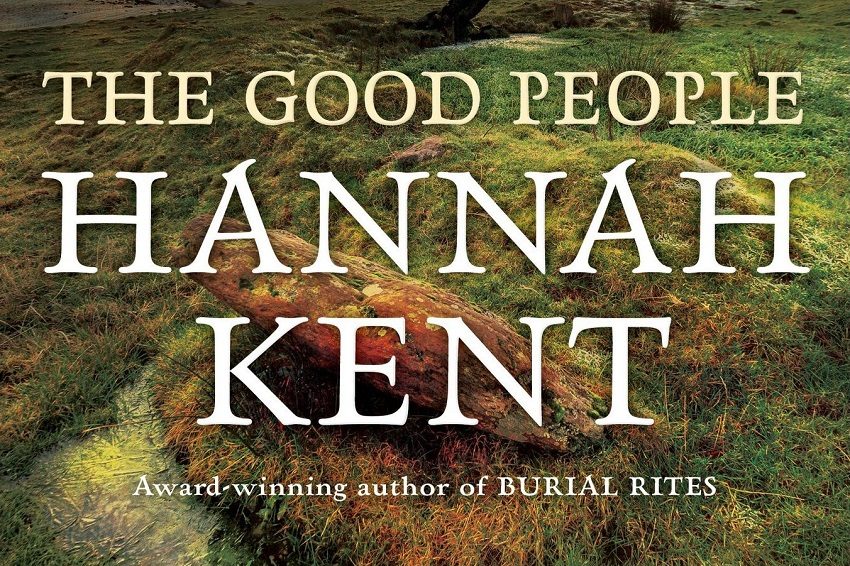Book Review: The Good People

Nineteenth–century Ireland, not Iceland, is the setting for Hannah Kent’s new novel. Once again, we find ourselves in a remote village where life is dictated by the turn of fi ckle seasons. Once again, the story finds its roots in history and crime. But The Good People is a very different book to Kent’s best–selling Burial Rites.
The crime doesn’t take place until the end of the novel, so The Good People lacks the “Did she do it?” question that made Burial Rites so captivating. The Good People is more subtle and relies on character relationships to create the intrigue not supplied by an overt ‘mystery’ hook. Meet Nóra, the new widow; Nance, the “handy woman”; and little Micheál, the helpless four–year–old at the centre of it all.
The child has become paralysed and has lost his ability to speak. The superstitious villagers do not know how to fathom his illness, and believe he has brought ill luck to the town. Spoken of variously as a “withering root”, a “poor, wicker–legged boy”, a “copperheaded, snub-nosed, wasting runt”, the boy quickly becomes an “it” – a changeling left by the fairy Good People of the title.

Nance, the hedge witch, attempts to cure the child, but instead becomes a second scapegoat. Nature and womanhood are closely tied in Kent’s novel, with the fertility of the land failing as Nance loses her reputation and her healing magic.
By its link with folklore, nature also comes in conflict with the Church. These Catholic encounters are sanitised and pinch–mouthed – Father Healy bent on forcibly crushing the magic out of Nance, standing with his palm outstretched for coin. The Catholic Church is cast as the realm of men, suited to the industrial centres of pre–famine Irish towns – iron, law and violence.
By contrast, the natural remedies are fleshy, warm and filthy under your fingernails: the crush of a worm on a child’s palm for his protection; an offering of fresh milk, hot in its pail, tipped on the threshold. The priest’s suspicions are amplified by the gossip of bitter village women, whose personal demons find their faces in abusive husbands, barren wombs and stillborn children.
The Good People moves more slowly and more quietly than Burial Rites, exploring grief, desperation and ignorance with a tender heart.
Author: Hannah Kent
Publisher: Picador